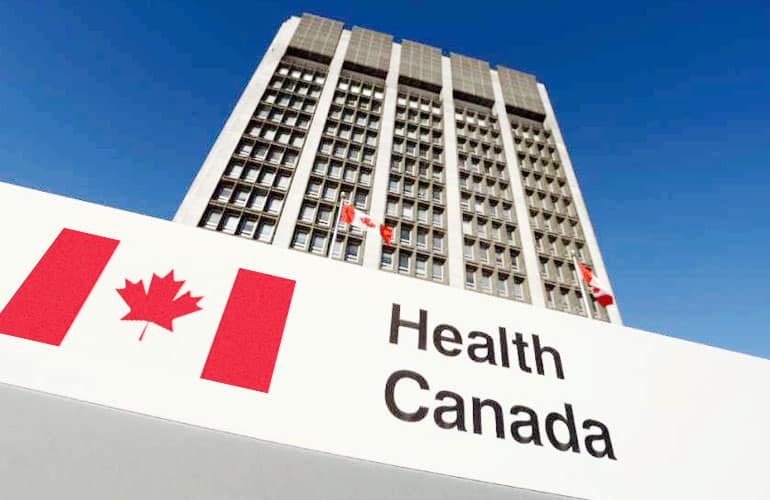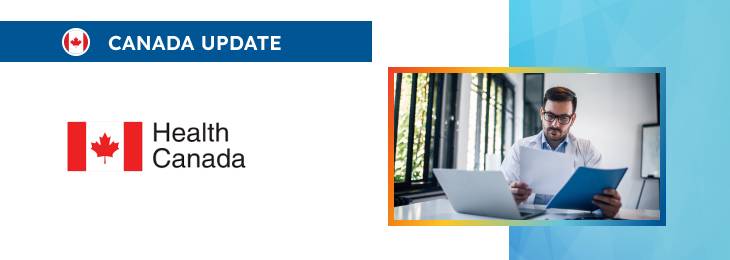
Table of Contents
Health Canada, a country’s regulating authority in healthcare products, has published a guidance document dedicated to recalls.
The document provides an overview of the applicable regulatory requirements, as well as additional clarifications and recommendations to be considered by medical device manufacturers and other parties involved to ensure compliance with it.
The authority also reserves the right to change the guidance and recommendations provided therein, should such changes be reasonably necessary to reflect corresponding amendments to the underlying legislation.
In particular, the scope of the guidance covers the aspects associated with reporting obligations applicable to the parties involved in medical device recalls.
Exemptions
The document describes, among other things, specific aspects related to applying exemption rules. As explained by the authority, Section 63 of the Medical Device Regulations (MDR) specifically exempts retailers and healthcare facilities from the recall reporting requirements set forth under Sections 64 and 65, provided the medical devices are intended for use within the facilities.
According to the document, the idea of the above exemption is to emphasize that the relevant reporting requirements are primarily addressed to the parties intended to offer their products on the broad market (to a wide range of customers) rather than the ones using the products in question in-house.
Comprehensive Recall Reporting: Sections 64 and 65
The regulations further detail the obligations of manufacturers and importers to develop and maintain procedures that assist in the creation of both initial and final recall reports. These reports are essential for submission to Health Canada and must include:
- A list of the specific information required in the reports, as per the guidelines in Sections 64 and 65, further elaborated in Appendix G to the present document.
- The designated timelines for submitting initial and final recall reports to the nearest Health Canada regional office.
- The requirement for submitting progress reports upon request by Health Canada.
Essential contact information for the manufacturer or importer’s nearest Health Canada regional office.
Steps for Report Submission
The document also describes specific steps to be followed when submitting a report. According to the guidance, the initial report, as per Section 64, must be submitted within three business days following the start of the recall, utilizing the Medical Device Recall Reporting Form – Initial (FRM-0360).
The final report, compliant with Section 65, should be submitted promptly after the recall’s conclusion, using the same form. If this timeline is not met, immediate notification to Health Canada will be submitted within 24 hours of a recall decision, with an explanation included in the initial report.
Enabling Importer Involvement: Section 65.1
Section 65.1 introduces a provision whereby manufacturers can allow importers to prepare and submit recall reports on their behalf, provided the content remains unchanged. This requires manufacturers to notify Health Canada of such an arrangement in writing officially. This delegation is limited to the sole importer of the device in Canada, emphasizing the need for the importer to comply with the recall reporting requirements under the MDR fully.
The Importance of Interim or Progress Reports
According to the explanations provided in the guidance, Health Canada may request interim reports following the initial recall report review. These reports are vitally crucial for recalls that are extensive in duration, involve multiple stages, or are behind schedule. They should detail the extent of the recall notification dissemination, including:
- The total number of consignees notified and the methods of notification used.
- Feedback from respondents, including the quantity of affected devices reported.
- Information on non-respondents and, if necessary, their identification.
- The total number of devices returned or corrected.
- Results from recall effectiveness checks.
- Updated estimates on the recall completion timeline.
Terms and Definitions
Apart from the key points mentioned above, the document also contains a glossary providing definitions of the most essential terms and concepts used in medical device recalls. For some, the document refers to the Food and Drugs Act and MDR definitions. The terms defined in the guidance include, among other things, the following ones:
- Consignee: The recipient of the product being recalled.
- Control Number: A unique identifier the manufacturer assigns to track the device’s manufacturing history.
- Correction: Measures taken to address a non-conformity that do not involve physical removal of the device.
- Device ID: A unique number assigned by Health Canada for database inclusion.
- Distributor: Entities involved in the resale or distribution of medical devices within Canada.
- Effectiveness Check: A verification process to ensure recall notifications have been received and understood.
- Establishment: Entities are required to obtain a license as per MDR regulations.
- Risk-Related Definitions: Risk analysis, evaluation, and management processes.
- Significant Change: Any change that could potentially affect the safety or effectiveness of a medical device.
- Stock Recovery: The process of withdrawing or correcting devices that have not been widely distributed or remain within company control.
Conclusion
In summary, the present guidance issued by Health Canada provides a comprehensive overview of the regulatory requirements related to medical device recalls as set forth under the existing legislation. The document outlines the key considerations and provides additional clarifications regarding the specific steps to be taken by the parties involved to ensure the continued safety of persons using the medical devices they are responsible for
How Can RegDesk Help?
RegDesk is a holistic Regulatory Information Management System that provides medical device and pharma companies with regulatory intelligence for over 120 markets worldwide. It can help you prepare and publish global applications, manage standards, run change assessments, and obtain real-time alerts on regulatory changes through a centralized platform. Our clients also have access to our network of over 4000 compliance experts worldwide to obtain verification on critical questions. Global expansion has never been this simple.


